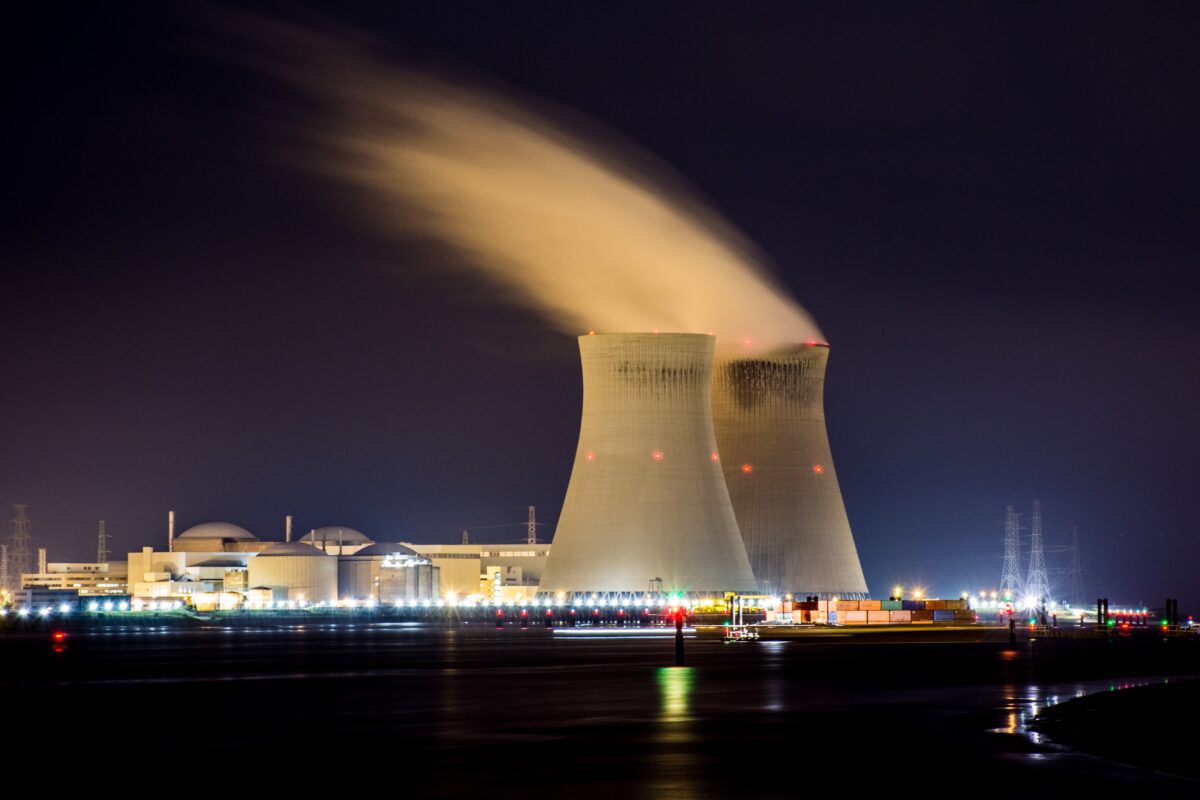Hiroshima, Nagasaki, Chernobyl, Three Mile Island, Fukushima—nuclear energy has had its fair share of disasters. Despite these catastrophes, nuclear seems to keep reemerging in the public consciousness as a potential energy source of the future. Why? The answer is simple: carbon-free energy. Nuclear energy releases no direct emissions that contribute to global warming. Clean, abundant, and reliable, nuclear often seems like a silver bullet to the climate crisis.
In 2023, with climate change on the rise and governments pressed with phasing out fossil fuels in just a few decades, the idea of nuclear energy seems to be having a small renaissance. An important factor is nuclear ability to power hydrogen production, creating a so-called “pink” hydrogen product that may be an important fuel to decarbonize the economy. But does nuclear power have what it takes to lead this change?
When you hear about carbon free transportation, you typically think of electric vehicles like Tesla, powered by lithium ion batteries. However, there is another viable carbon-free alternative to gasoline: hydrogen. With an extensive professional and academic portfolio ranging from energy economics to sustainable development, Boston University Professor James Baldwin provides some insight into the direction of hydrogen. “Hydrogen is a lot more expensive, but hydrogen has a lot of benefits,” he says. “Lithium-ion batteries are very difficult to recycle, but with hydrogen it’s just not a problem.” Previously overshadowed by batteries, hydrogen is now finding an important role in the economy––“the mining equipment that you need to get the lithium out of the ground, that runs on diesel. There are several companies that have figured out how to replace the diesel in the same engines… but they’ll run on hydrogen.” As a replacement for diesel fuels, hydrogen will have an essential role to play in a decarbonized economy.
With the recent Bipartisan Infrastructure Act and Inflation Reduction Act funding billions into the construction of “regional hydrogen hubs,” the United States will soon see a shift towards hydrogen as a clean fuel for transportation and heavy machinery as we decarbonize. What makes hydrogen so appealing as a clean fuel is that it only releases oxygen and water when burnt. However, unlike fossil fuels, hydrogen is not abundant naturally; it is made using a chemical reaction called electrolysis.
That’s where the color spectrum of hydrogen comes into play. Since electrolysis requires electricity, about 95% of hydrogen produced today comes from the use of fossil fuels. We call this gray hydrogen, but alternative fuels are emerging to make hydrogen production a carbon-free process. For instance, green and pink hydrogen describes hydrogen produced with renewable and nuclear energy, respectively. However, many have been skeptical of pink hydrogen’s feasibility, including Baldwin. “Nuclear power that we use today cannot be the solution,” he says. “The way we use uranium does not have a long time horizon.”
While free of carbon, modern nuclear reactors produce tons of nuclear waste which cannot be easily stored. That waste is enriched, fissile uranium, which is used to make nuclear bombs. On top of that, uranium’s half-life is about 700 million years, so it essentially never degrades. Most nuclear plants resort to keeping the waste on site in steel containers called “dry casks.” This waste issue has resulted in pushback against the spread of nuclear energy. Understandably, most people are against the idea of radioactive waste being stored in their backyard. Nuclear is also one of the most expensive energy sources out there. As Baldwin points out, “it’s cheaper to make electricity with wind and solar than to make hydrogen.”
With all these drawbacks, why is nuclear power becoming popular again? As the professor notes, “There are technologies which could potentially make [nuclear energy’s] concerns essentially go away.” The first of these advanced nuclear technologies are called breeder reactors. With the ability to run on recycled uranium and plutonium, they can solve the waste problem by using their own byproducts as fuel. A more recent development is the construction of Small Modular Reactors (SMR). These mini nuclear plants can either be used for small-scale industrial projects or grouped together to send electricity to the grid. Being versatile and relatively affordable, these reactors are leading the charge in pink hydrogen production.
Thanks to the new generation of nuclear technology, many now view pink hydrogen as a competitive alternative fuel. As Europe and the United States start to invest in new nuclear energy, pink hydrogen production has received significant financial support from corporations like CDF Energy. This recent traction could have big implications for the future of clean hydrogen production. Baldwin tells us, “hydrogen is going to be a big part of this next phase, and nuclear power could help us achieve that.” As a carbon-free source of energy, pink hydrogen’s addition to the hydrogen mix will be impactful in the effort to replace fossil fuels.
The development of pink hydrogen marks one step forward in our transition to net zero emissions. The challenge of constructing clean power plants, converting machinery and cars, and finding new feasible energy sources should not be overlooked. From renewables to nuclear, batteries to hydrogen—we should embrace competitive low carbon alternatives as beneficial to our climate goals. In order to continue, or even increase, our level of consumption without devastating the planet, we must consider all clean energy useful, whether it be green or pink.
Sources
Baldwin, James. Interview. Conducted by Michael Skaribas. 17 February 2023.
CNBC. (2023, February 3) There’s a buzz about green hydrogen. But pink, produced using nuclear, may have a huge role to play too. Retrieved 20 February 2023, from https://www.cnbc.com/2023/02/03/why-pink-hydrogen-produced-using-nuclear-may-have-a-big role-to-play.html
Mitsubishi Heavy Industries Group. (2022, July 13) How pink hydrogen could add to the nuclear renaissance. Retrieved 20 February 2023, from https://spectra.mhi.com/how-pink-hydrogen-could-add-to-the-nuclear-renaissance
I Am Renew. (2022, September 5) Explained: Pink Hydrogen, The Future of Clean Energy. Retrieved 20 February 2023, from https://www.iamrenew.com/green-energy/explained-pink-hydrogen-the-future-of-clean-e nergy/

